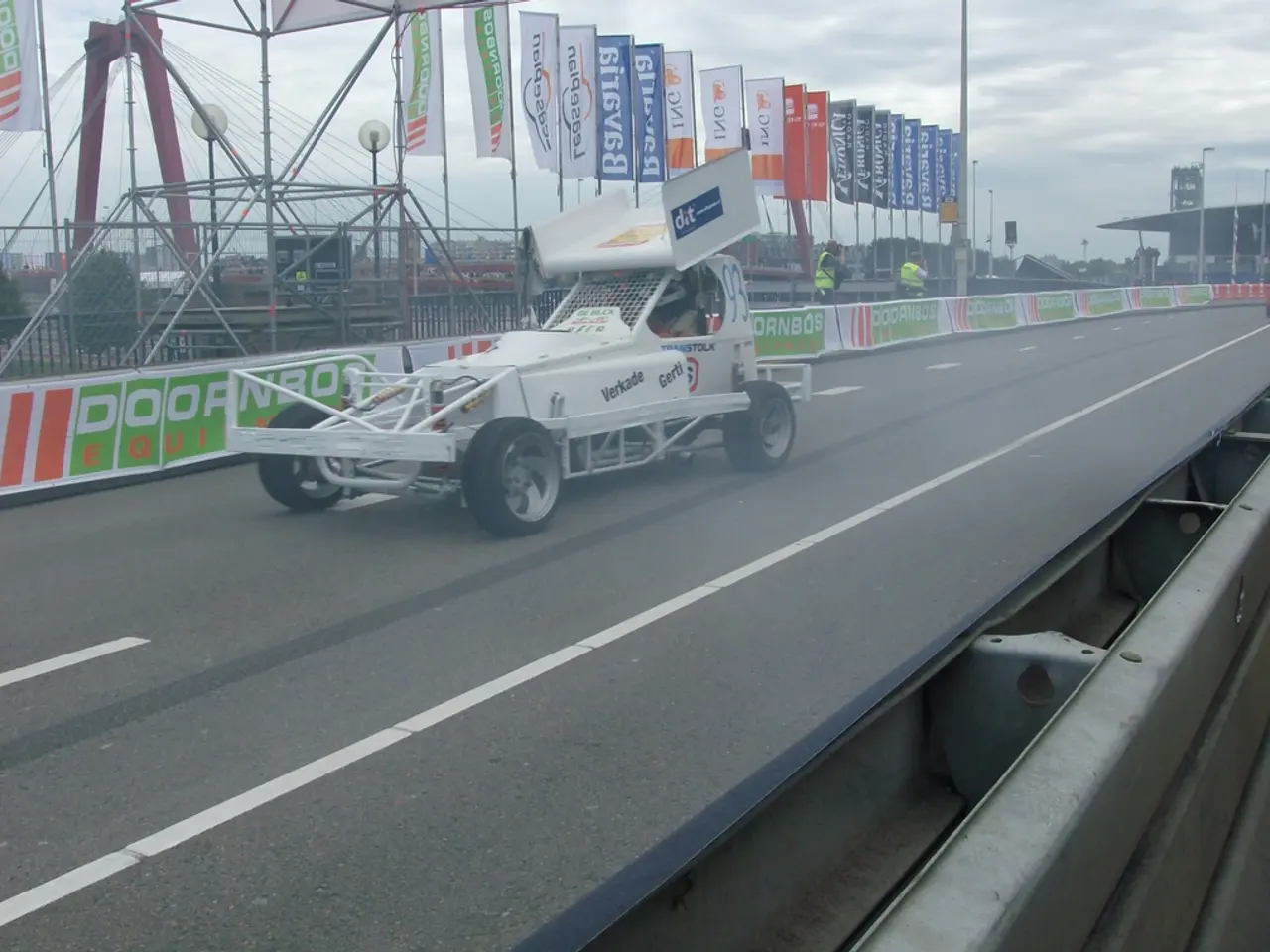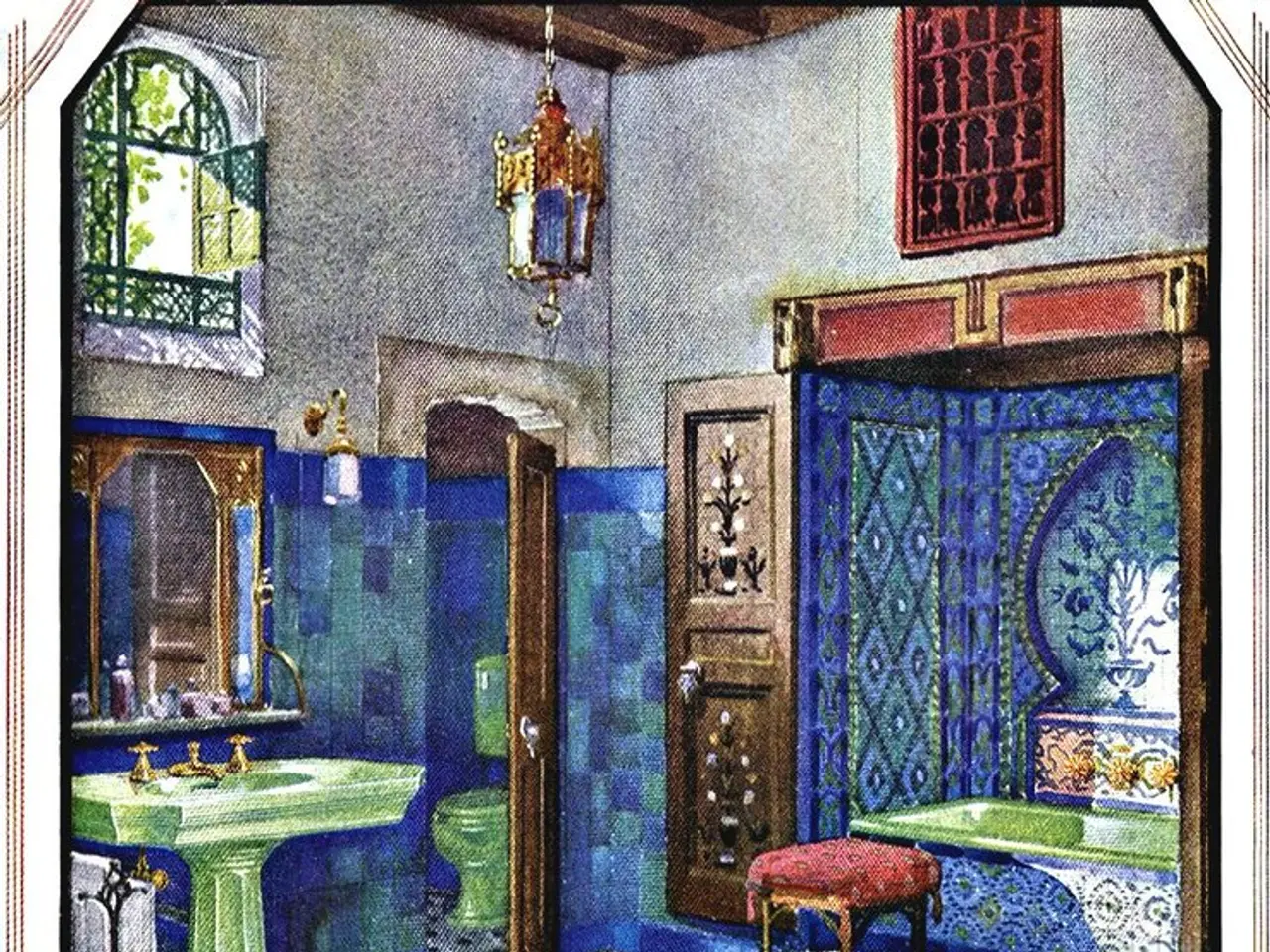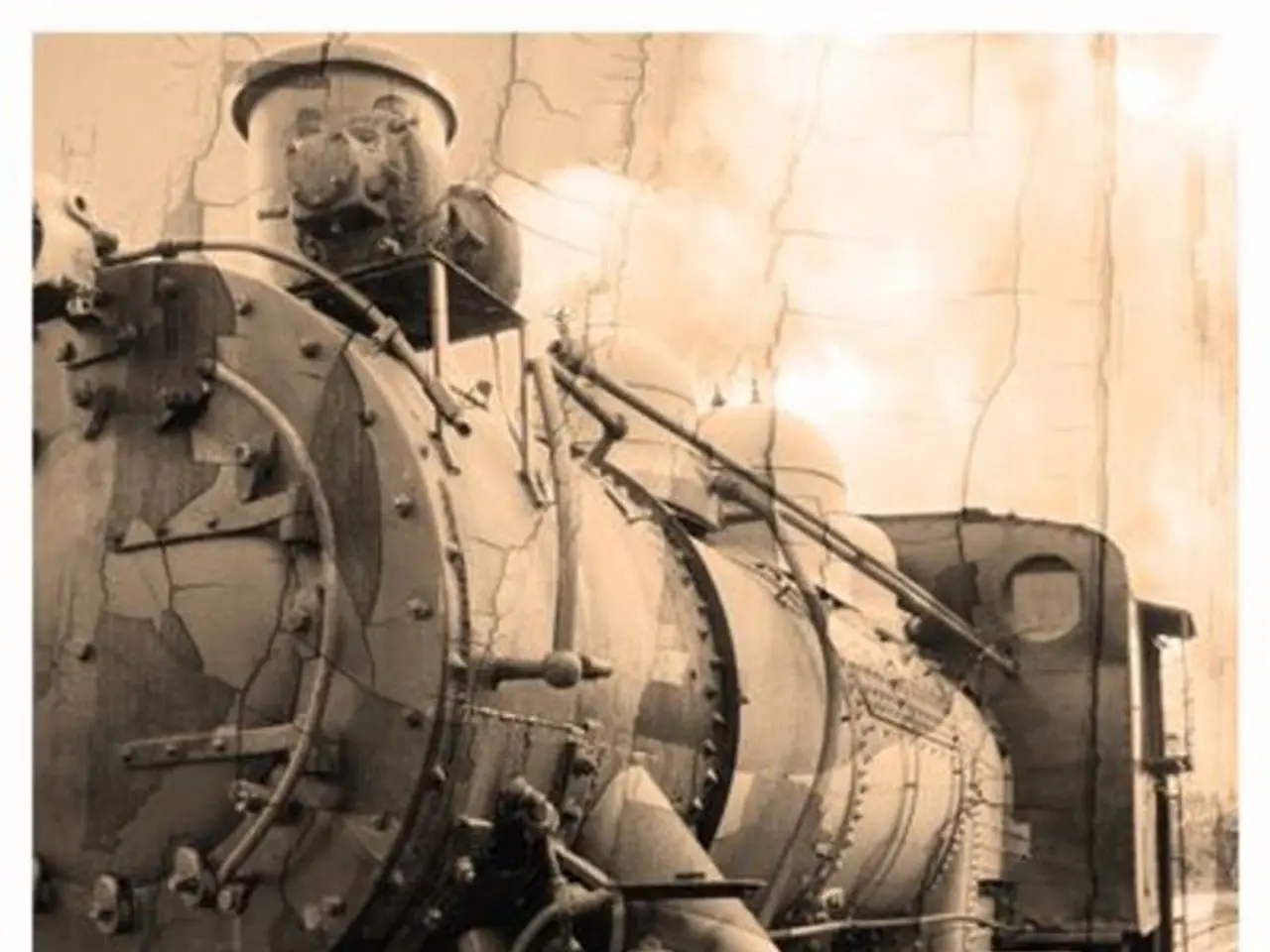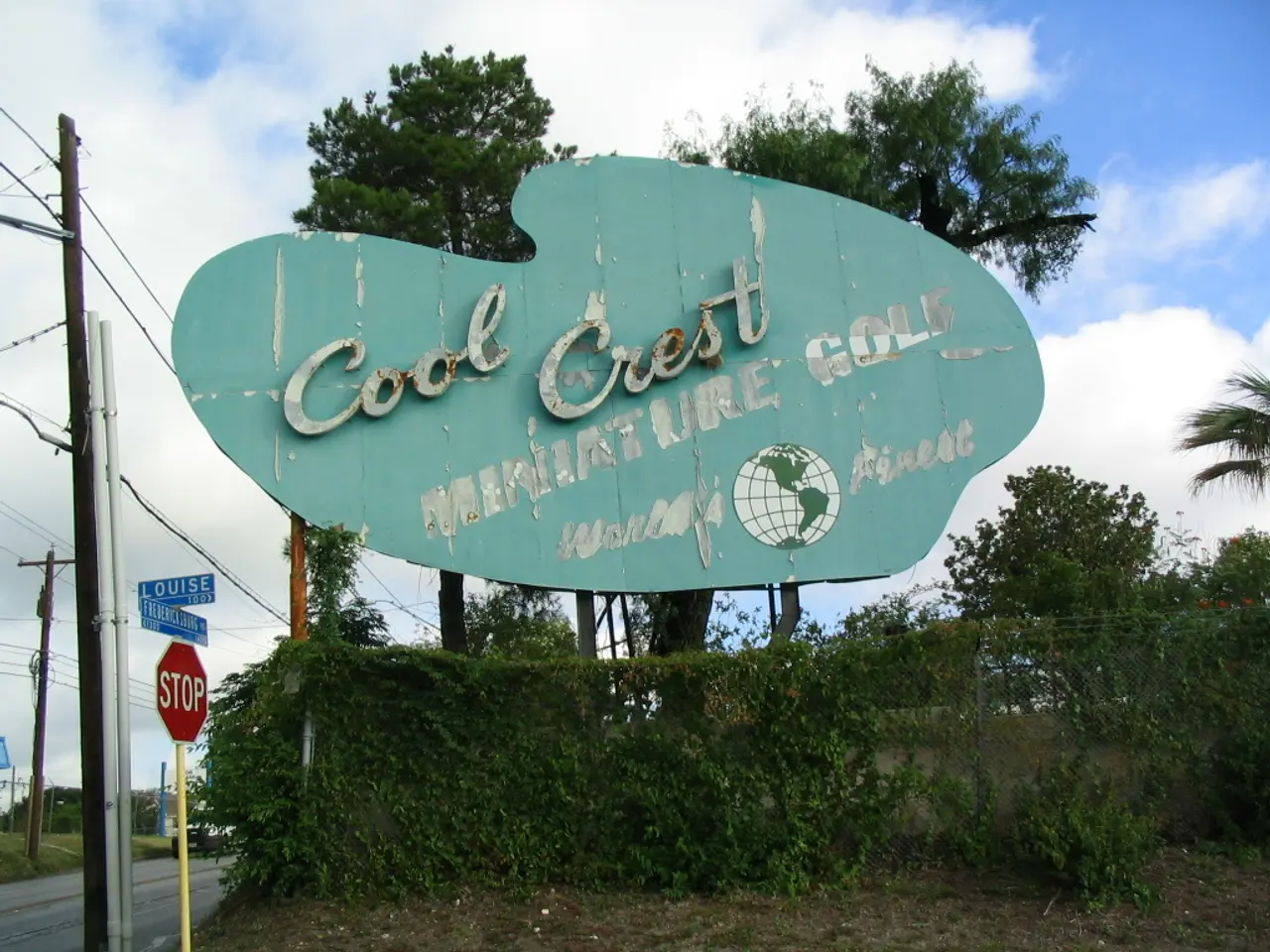Guidelines for Illumination and Marking of Pony Carts and Other Animally-Drawn Vehicles with Low Profiles
In an effort to improve safety on public roads, the American Society of Agricultural and Biological Engineers (ASABE) has issued specific guidelines for the lighting and marking of pony carts in Amish communities. These recommendations aim to increase the visibility of pony carts, particularly during low light or nighttime conditions, thereby reducing the risk of accidents.
The guidelines suggest the following:
- A white lamp on the front of the vehicle for improved visibility.
- A red lamp and a red reflector on the rear to ensure the cart is easily recognizable.
- Two amber or yellow lamps and two reflectors on the sides for enhanced visibility from all angles.
- A slow-moving vehicle (SMV) emblem displayed on the rear of the vehicle, with the triangle point facing upward, 2-4 feet above the surface of the road.
In addition to these measures, hazard flashers should be used on both the front and rear of pony carts, with at least two amber flashing lamps for added visibility during all conditions.
Retroreflective material is also recommended for increased visibility. It should be mounted on the rear and each side of pony carts, with at least six 1-inch wide x 3-inch long strips on the rear and at least three on each side. Furthermore, yellow retroreflective tape should be placed on the outside of the animal for greater visibility.
Community safety leaders are working with product engineers to develop a medium-cost alternative to the orange flag that will not fade as easily over time. The orange flag should still be mounted on the left side of pony carts for greater visibility on curves and over hilltops, with the approximate mounting height of the flag being 4-7 feet above the surface of the road.
These guidelines are based on the ANSI/ASAE standard EP576 (October 2012) and the ANSI/ASABE S279 standard, which provide comprehensive guidelines for the lighting and marking of animal-drawn equipment, including pony carts.
A national standard issued through the American Society of Agricultural and Biological Engineers was revised to include low-profile vehicles, specifically pony carts, in 2012. Batteries should be used to power the lighting system of animal-drawn vehicles, with typical storage, deep cycle, or gel cell batteries conforming to SAE J537.
The National Highway Traffic Safety Administration conducted a study that found the use of retroreflective tape on low-profile vehicles could reduce the number of collisions by 7,800 per year. As such, animal-drawn vehicles can be equipped with a battery-operated lighting system for maximum visibility during low-light hours.
For more information about these guidelines, visit agsafety.osu.edu or contact your local OSU Extension office. The Holmes and Wayne counties Amish Safety committees have already taken steps to implement these recommendations, meeting with over 85 community members, pony cart manufacturers, and dealers to develop improved lighting and marking practices for pony carts.
By adhering to these guidelines, Amish communities can help ensure the safety of pony cart users and other road users, making public roads a safer place for everyone.
- Considering the strides made in various sectors, it's crucial to apply these safety principles also in the transportation industry, particularly for animal-drawn vehicles like pony carts.
- To better accommodate the financial requirements of Amish communities, industry leaders are collaborating to develop a durable, medium-cost alternative to the orange flag, enhancing visibility and adhering to ANSI/ASABE safety standards.




